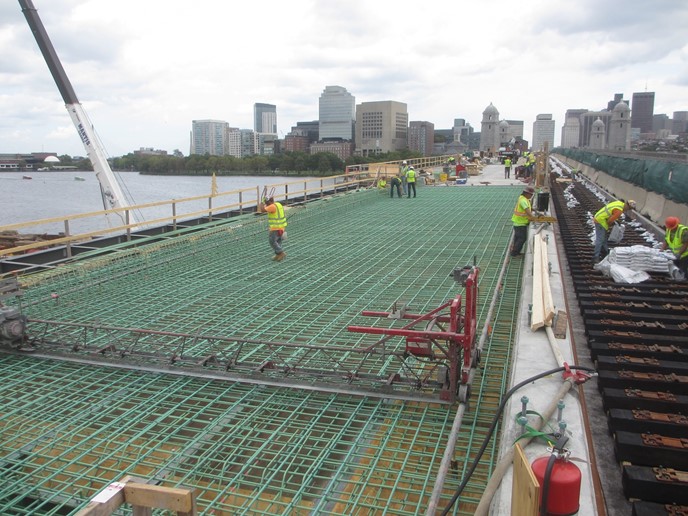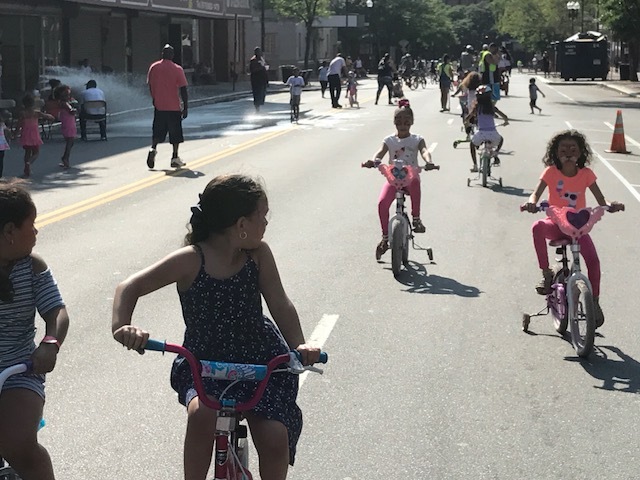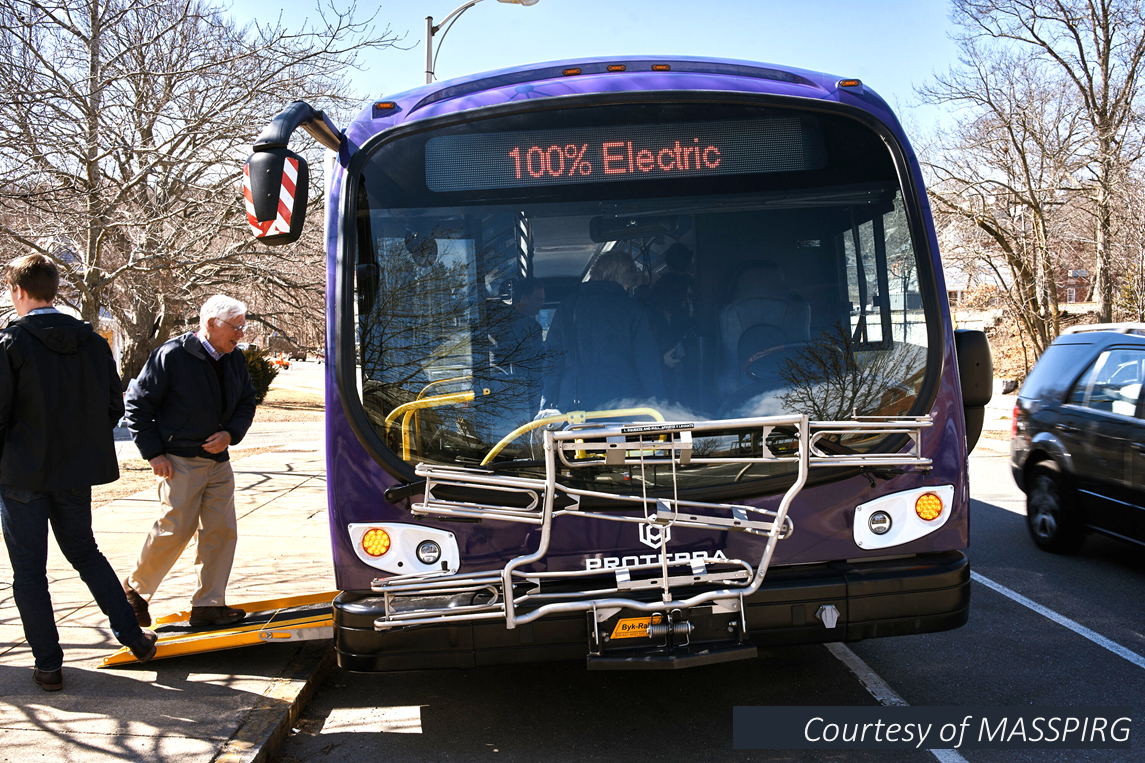Massachusetts has long underinvested in our transportation systems. Our roads, bridges, trains, buses, ferries, and bike paths aren’t in the condition they should be. Lack of transportation funding creates serious problems for the economy, equity, and environment. To meet these challenges, Massachusetts will need additional ongoing resources for transportation.

Economy – Better transportation contributes to economic growth by reducing the time required for goods and people to travel and increasing safety and reliability. Doing so makes the economy more productive and improves our quality of life. Based on data just before the pandemic, U.S. News and World Report ranked Massachusetts’ transportation systems 39th out of the 50 states, and 47th when it comes to commute times. Of the 7,868 bridges inventoried by the Massachusetts Department of Transportation, over 640 were listed as structurally deficient. The Commonwealth’s 15 regional transit authorities operate across the state often with no service on weekends or evenings. Dozens of projects to improve public transit and create new connections between communities are stuck on the drawing board due to lack of funds.

Economic and Racial Equity – The COVID-19 pandemic further widened disparities between haves and have-nots in Massachusetts. Improved transportation can be an important part of reducing economic and racial inequities. Better transportation options help communities that are isolated from economic opportunity by connecting them to jobs and reducing wasted time. Commute times, which grew about 10 percent statewide in the last decade, tend to be higher for people of color. Transportation improvements can also reduce the long commutes and higher exposure to pollution in lower-income communities and communities of color.

Environment – Transportation is the largest and fastest growing source of climate emissions in Massachusetts, accounting for 42 percent of such emissions. Greater investment is needed to provide electric vehicle infrastructure and to provide reliable options for people to drive less, and use public transit, and bike and walk more. Making travel greener and protecting infrastructure from rising seas and stronger storms will require billions in ongoing investment. Presently, no plan exists to pay for such investments.
